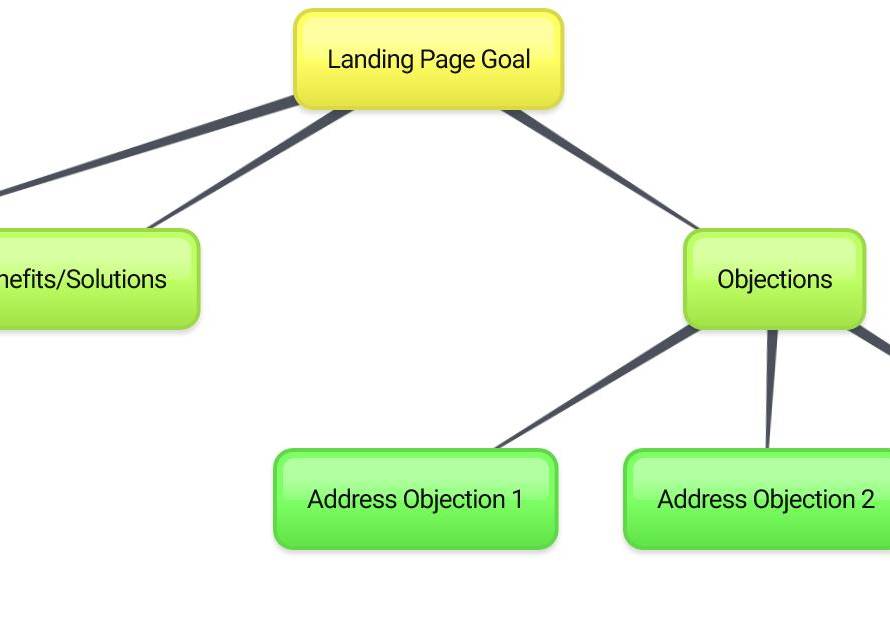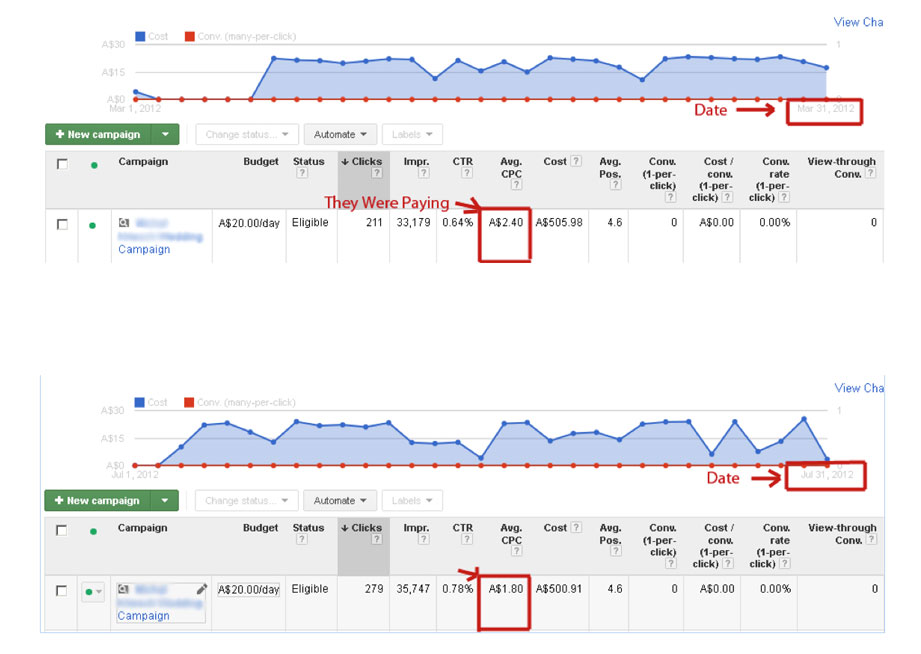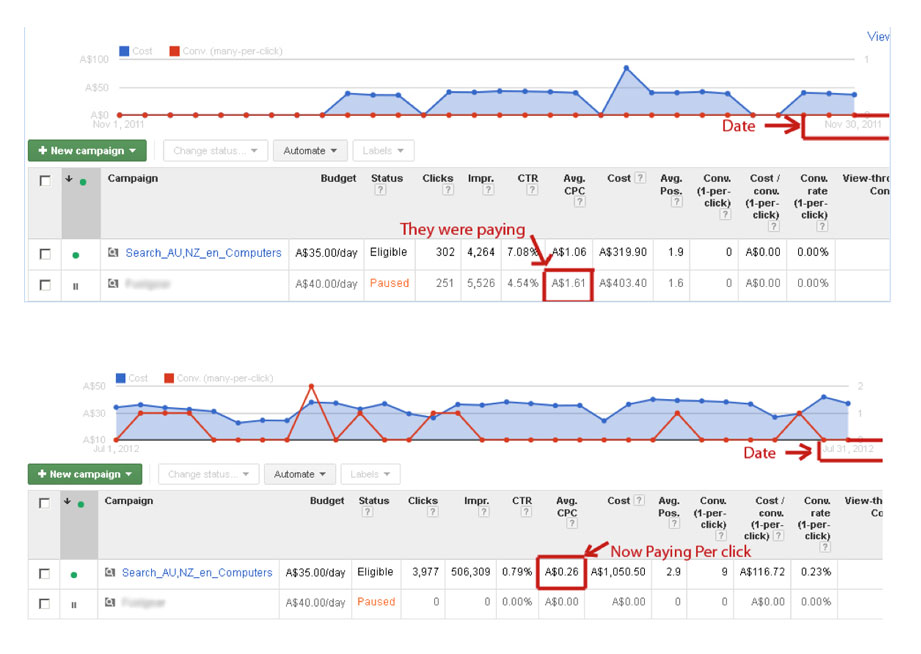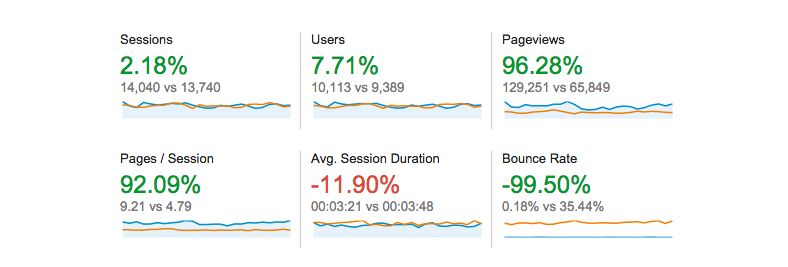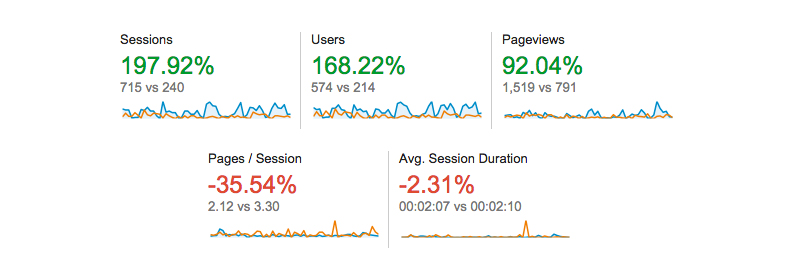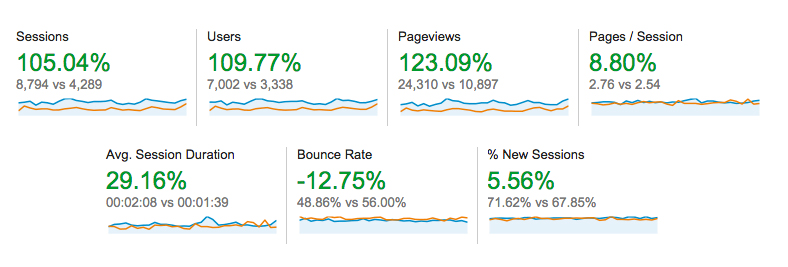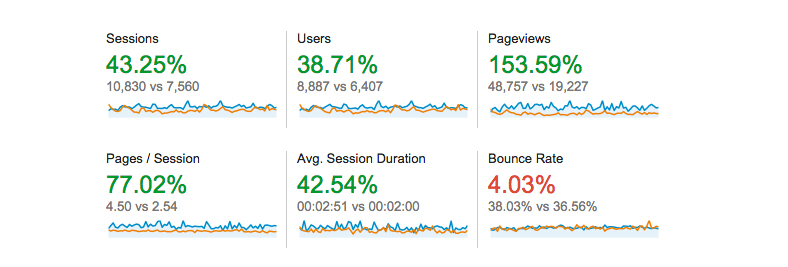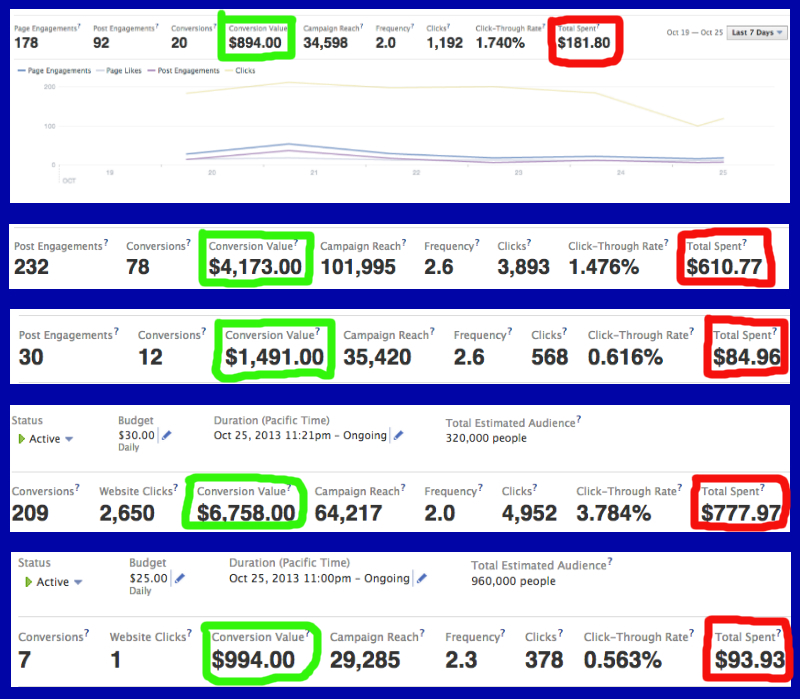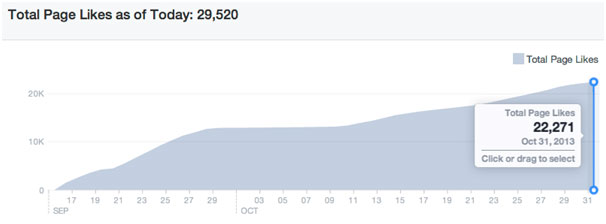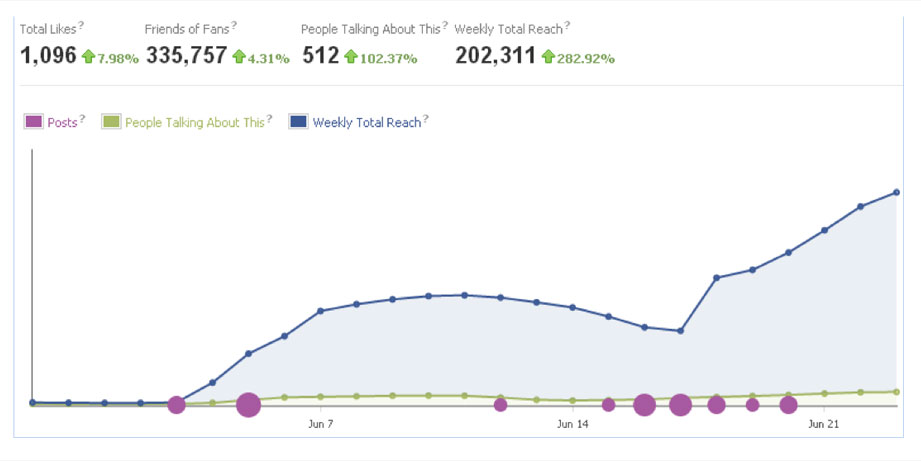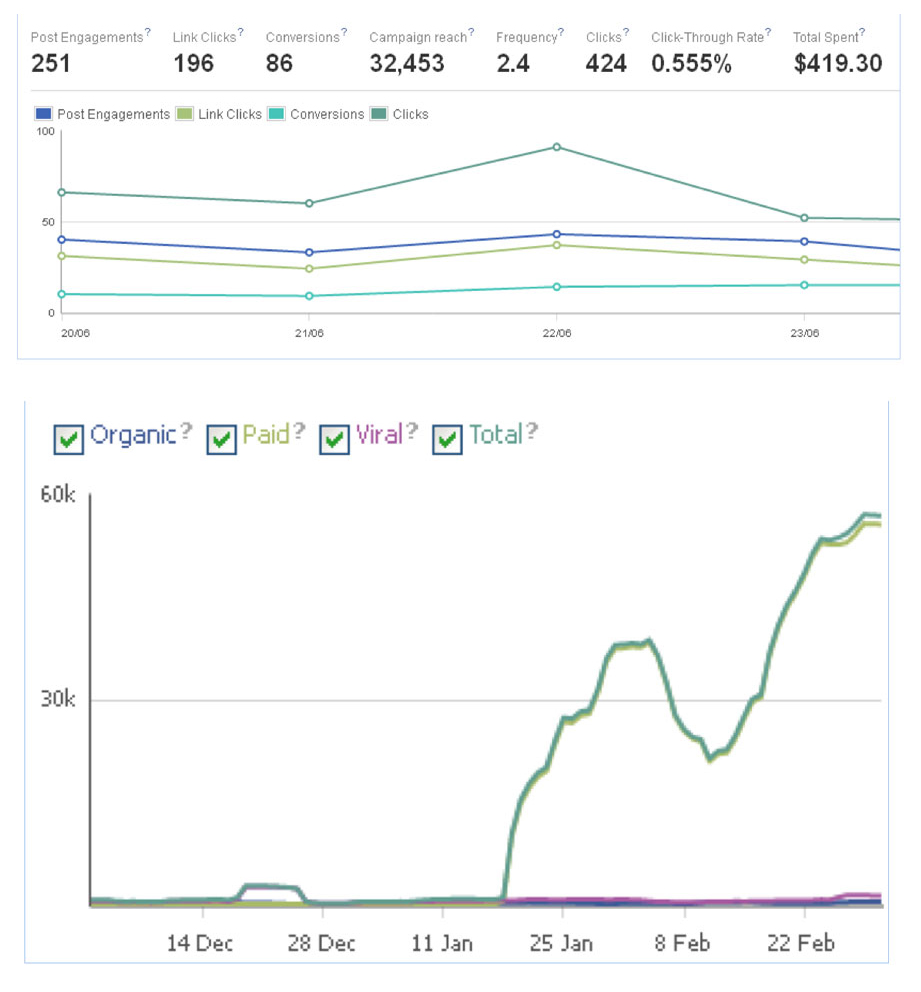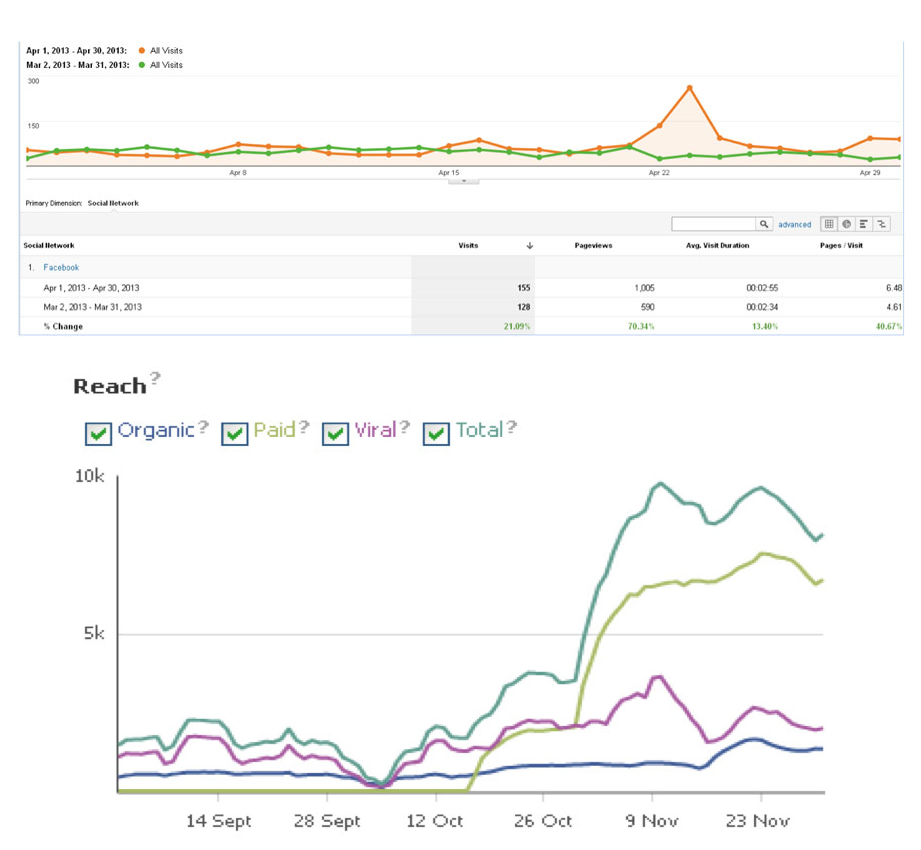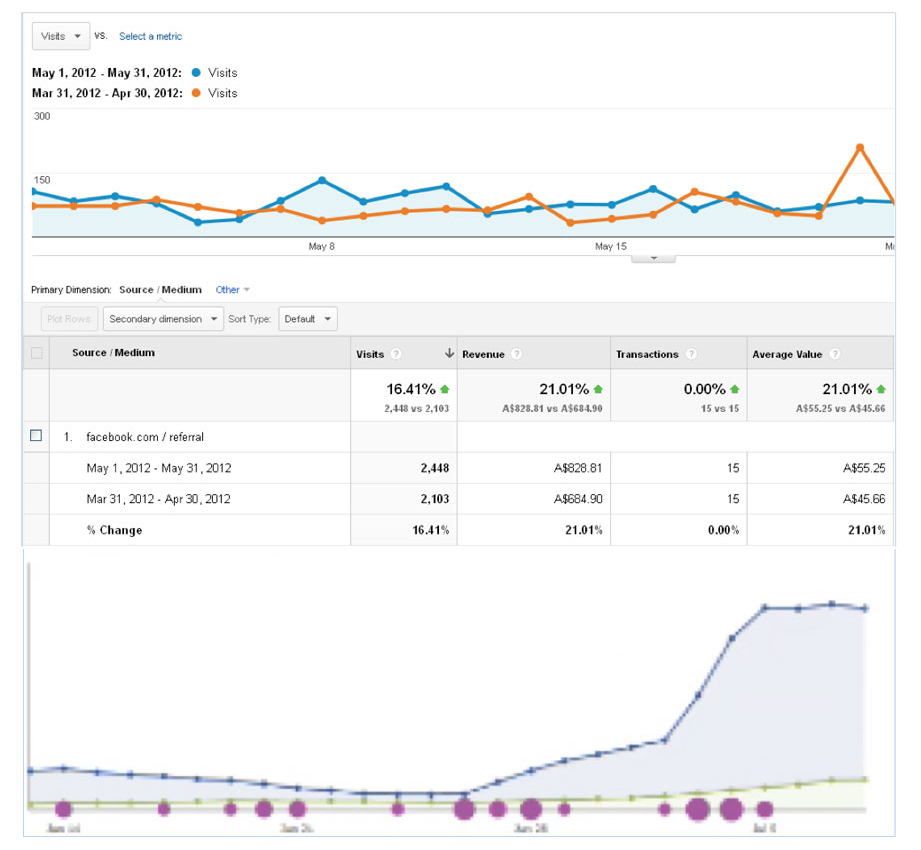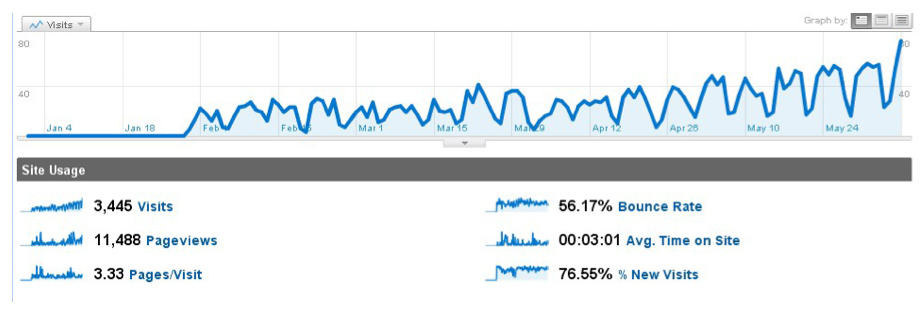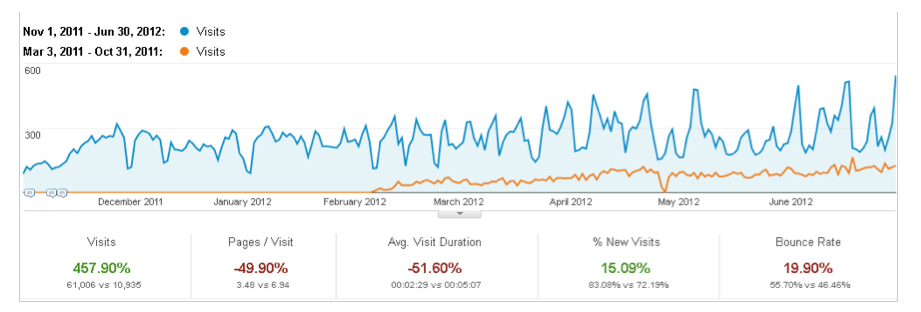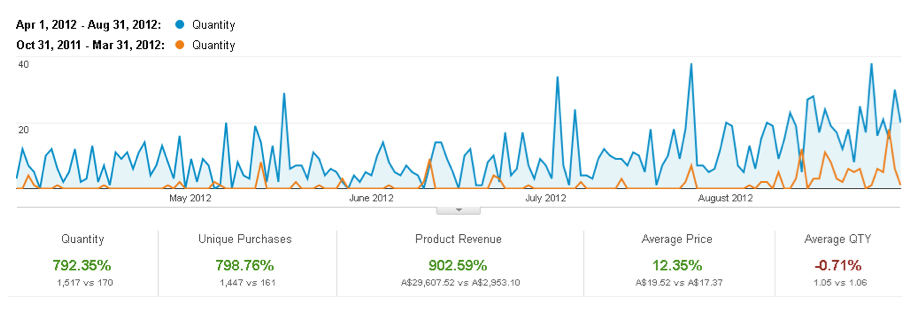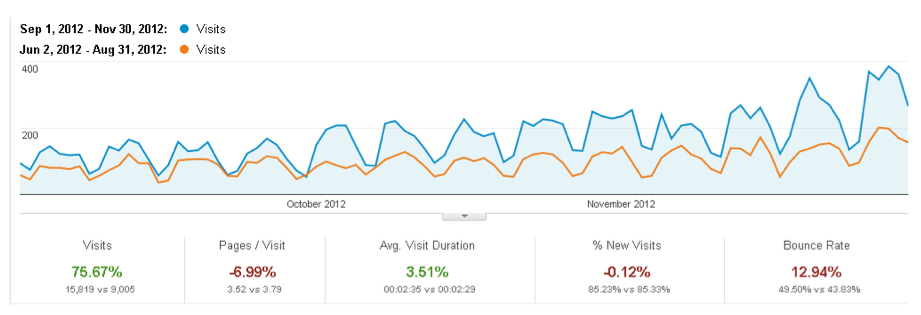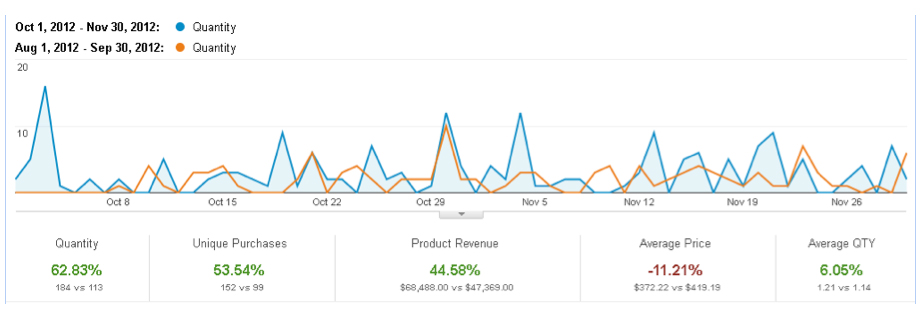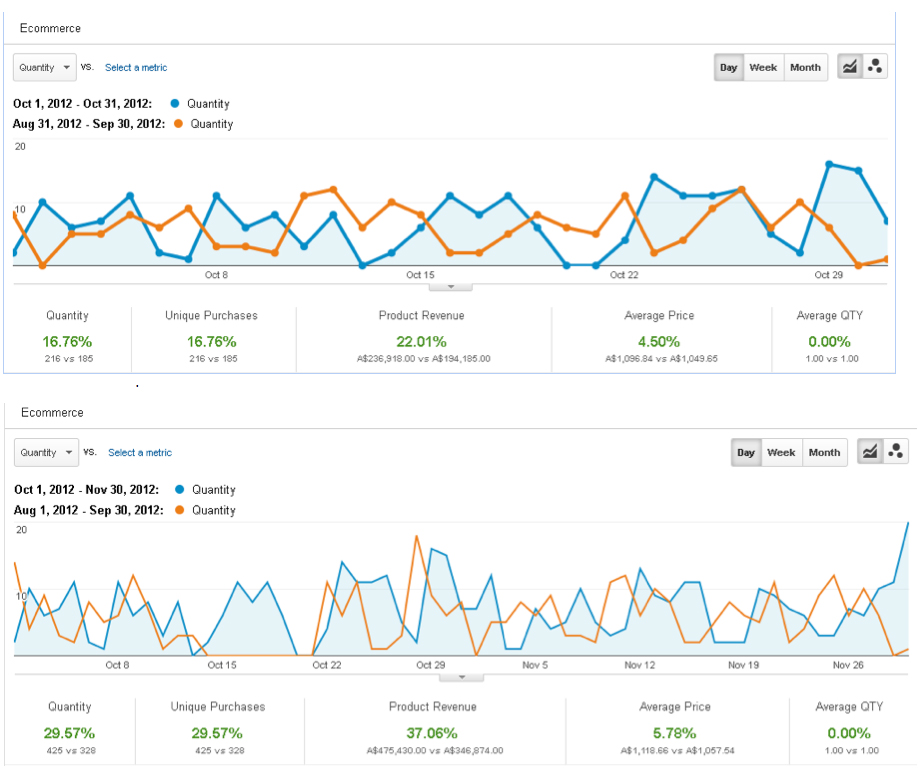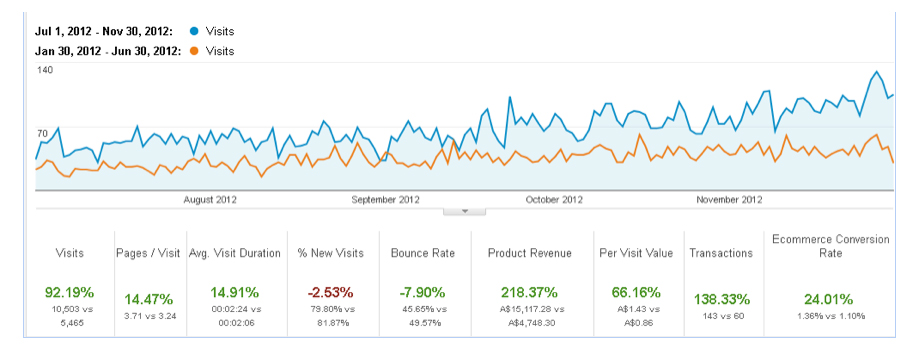The craft of copywriting has evolved considerably over the past few decades. Consumers have access to in-depth information on almost any topic at the tip of their fingers.
According to a research study conducted by Microsoft, consumers are exposed to 600 advertising messages a day.
They’re also constantly distracted by messaging apps, especially on their phones.
This makes the task of copywriting difficult for marketers seeking to get prospects to respond to their messages.
Marketers rely heavily on human psychology when writing persuasive copy.
What’s important to know is that the purpose of copywriting is not to get people to do something they don’t want to.
It’s also not to create a desire for a product or service they have no interest in.
Effective copywriting helps in creating marketing messages which relate to a problem or desire in a prospect’s life.
Ads are then created to offer a solution to overcoming the problem or a means to satisfy the desire.
You may also like: The 5 Step Headline Formula for High Converting Ads and Blog Posts (Infographic)
Although there are many copywriting courses which teach you how to write like a pro copywriter, the fundamental rules of persuasive copywriting remain the same.
David Ogilvy, considered by many as the Father of Advertising and one of the pioneers of Direct Response Copywriting, has put together 10 timeless copywriting rules, which can be used as a checklist when crafting your marketing messages.
The timeless copywriting tips apply whether you are writing long-form copy, landing page copy, video sales letters, Facebook ads or any other sales copy.
I’ve seen many of these tips missed when conducting a copywriting audit for clients seeking to significantly improve response rates for their marketing messages.
The 10 tips shown in this infographic will help you get the perfect start to writing persuasive sales copy and have you writing like a professional in no time.
Infographic Courtesy: Prezly




